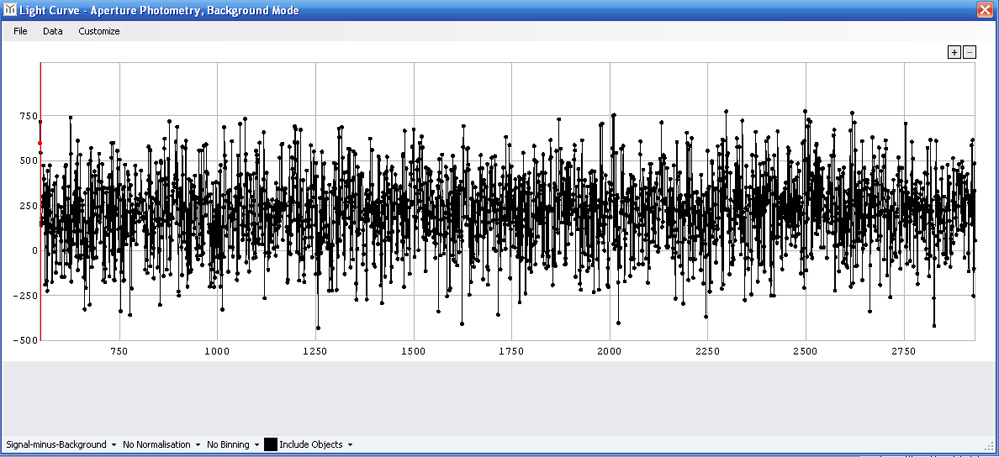
The nominal odds at Cabrillo were only 13%, but it looked do-able and would give me an excuse to spend the night at the observatory. I needed to be in Capitola earlier that evening anyway, for the annual sign-ups for the Santa Cruz Track Club, and of course, my Wednesday eve swim workout with Ferrell. It was clear, and I arrived at 8:20pm as planned; got predictions printed up and came back down to the observatory and Gene Salamin and I opened the scope. Gene wanted to work on imaging the NGC 1977 nebula in Orion ("Running Man") and I also suggested M46 would be an interesting target. I also wanted to do my own imaging, of the asteroids I've been using as test cases for a new lab on measuring asteroid orbital parameters in Astro 8A.
It all went well, and we got images of both the Running Man, M46, and I got asteroid images taken for Piazza and Perseverasa, two images each, far enough apart in time to show movement and positive ID for these faint, 15th magnitude objects.
Got set up for the occultation of Fedynskij at midnight, after Gene left. This was an 11.2 magnitude star dropping 4 magnitudes, high in the sky but only 19 degrees away from the ~90% waning moon. The asteroid was only a degree or two away from M67 in Cancer and so easy to star-hop to after a Go-To M67. The target was dim, but visible. On the LCD screen, it was almost invisible, but not quite. The focus wasn't perfect, but I had developed a case of conjunctivitis in my right (eyepiece) eye earlier in the evening and it was just plain hard to focus stars on the LCD screen of the camcorder. But, I did get it taped successfully, and wasn't sure of the result until tonight, when I ran it through MovieMaker, VirtualDub, and Tangra to verify that it was indeed a miss. I used a 3-frame running average and Tangra plotted it below

The above curve is about 100 seconds of data, ending at 9:20:08 UT. The predicted time for the 3-second (maximum) event was 9:18:59 UT, about frame 550, near the beginning of the plot. I had to use the hair dryer on the corrector plate for 10 seconds ending at 9:18:21 UT and it was 9:18:35 before the star focused clearly enough to work with. However, by eye I was able to see if from 9:18:30 and am confident there was no occultation. Here's the same plot, binning 4 points at a time...

The Tangra photometry circle (aperature photometry) enclosing the star was 8.6 pixels in radius to insure I got all of the dim blob, shown at upper left. Alas, no bright enough stars nearby in this moonlit sky to focus any better with. I didn't want to try and refocus the star itself for fear of mirror-induced movement and loss of the star entirely.